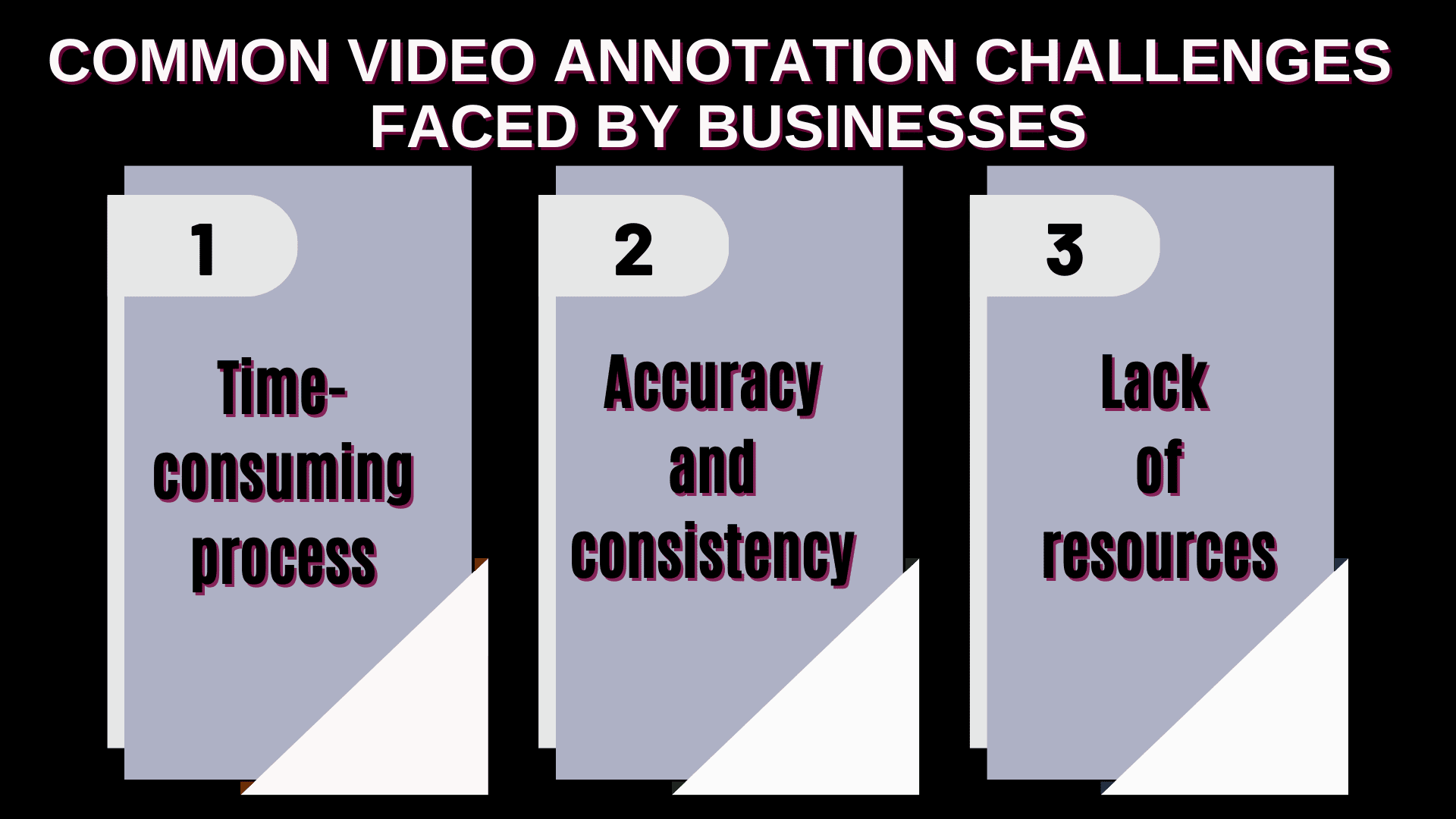Welcome to the ultimate guide to hosting Discord bots! If you’re a gamer, streamer, or community manager, you’ve probably heard of Discord and the many possibilities it offers for engaging with your audience.
Discord bots are crucial for adding functionality and interactivity to your server. But have you ever wondered how to host your own Discord bot? Look no further!
In this comprehensive guide, we will cover everything you need to know about Discord bot hosting, from the basics of what a Discord bot is to the various hosting options available.
What is Discord bot hosting?
Discord bot hosting refers to the process of running a Discord bot on a server or hosting platform, allowing it to be online and accessible 24/7. A Discord bot is a computer program that automates certain tasks and adds functionalities to a Discord server. These bots can perform a wide range of tasks, such as moderating the server, playing music, creating custom commands, and much more.
When it comes to hosting a Discord bot, there are two main options: self-hosting and using a third-party hosting provider. Self-hosting involves running the bot on your own server or computer, giving you full control over its performance and customization. On the other hand, using a hosting provider means renting server space from a company that specializes in hosting Discord bots. Both options have their pros and cons, which we will explore in more detail later in this guide.
Hosting your own Discord bot comes with several benefits and advantages, which we will discuss in the next section.
Benefits of hosting your Discord bot
Hosting your Discord bot offers a range of benefits, regardless of whether you choose to self-host or use a hosting provider. Firstly, hosting your bot ensures that it is always online and accessible to users. This is crucial for maintaining an active and engaging server, as users expect instant responses and seamless interactions with the bot. By hosting your bot, you eliminate the risk of it going offline due to power outages, internet issues, or other technical problems.
Additionally, hosting your bot allows for greater customization and control. With self-hosting, you have the freedom to modify the bot’s code, add new features, and adjust its behavior to suit your server’s needs. This level of control is invaluable for creating a unique and tailored experience for your community.
Furthermore, hosting your bot on a dedicated server or using a hosting provider often results in improved performance and reliability. These servers are specifically designed to handle the demands of running a bot, ensuring that it runs smoothly and responds quickly to user commands. This is particularly important for larger servers with a high volume of users and interactions.
Now that we’ve covered the benefits of hosting your Discord bot, let’s move on to choosing the right hosting provider for your bot.
Choosing the right hosting provider for your Discord bot
When it comes to choosing a hosting provider for your Discord bot, there are several factors to consider. Firstly, you’ll want to ensure that the provider offers reliable and stable servers with minimal downtime. Look for providers that have a proven track record and positive reviews from other bot developers.
Another important consideration is the scalability of the hosting provider. As your server grows and attracts more users, you’ll need a hosting solution that can handle the increased demand without compromising performance. Make sure the provider offers flexible plans and the ability to easily upgrade or downgrade your server resources as needed.
Security is another crucial aspect to consider when selecting a hosting provider. Your bot may handle sensitive user data or perform actions that require a high level of security. Look for providers that offer robust security measures, such as encrypted connections, firewalls, and regular backups.
Lastly, pricing is always a factor when choosing a hosting provider. Consider your budget and compare the pricing plans of different providers. Keep in mind that the cheapest option may not always be the best, as it could come with limitations or subpar performance.
Once you’ve chosen a hosting provider, it’s time to set up your hosting environment. We’ll explore this process in the next section.
Setting up your hosting environment
Setting up your hosting environment is a crucial step in the process of hosting your Discord bot. Whether you choose to self-host or use a hosting provider, there are a few key steps you’ll need to follow.
1. Choose your operating system:
Decide whether you want to use a Windows, Linux, or macOS operating system for hosting your bot. Consider factors such as compatibility with your bot’s programming language and your own familiarity with the OS.
2. Select a server or hosting plan:
If you’re self-hosting, you’ll need to set up a dedicated server or use an existing one. If you’re using a hosting provider, choose a plan that suits your bot’s requirements and budget.
3. Install the necessary software:
Depending on your chosen operating system, you’ll need to install the required software to run your bot. This may include Node.js, Python, or other programming language runtimes.
4. Secure your hosting environment:
Ensure that your hosting environment is secure by implementing best practices such as using strong passwords, enabling firewalls, and regularly updating your server’s software.
Once you’ve set up your hosting environment, you’re ready to install and configure your Discord bot. Let’s explore this process in the next section.
Installing and configuring your Discord bot
Installing and configuring your Discord bot is a crucial step in the hosting process. The exact steps may vary depending on your bot’s programming language and the libraries or frameworks you’re using. However, the general process typically involves the following steps:
1. Create a new Discord bot:
Head to the Discord Developer Portal and create a new bot application. This will generate a token that you’ll need to authenticate your bot.
2. Set up your development environment:
Install any necessary libraries or frameworks and set up your development environment. This may involve installing Node.js, Python, or other required dependencies.
3. Write the bot’s code:
Start writing the code for your bot, including its commands, event handlers, and any additional features you want to include. Test your bot locally to ensure it functions as expected.
4. Deploy the bot to your hosting environment:
Once you’re satisfied with your bot’s functionality, deploy it to your hosting environment. This may involve transferring the code files, installing any necessary dependencies, and configuring the bot to run on your server.
5. Authenticate your bot:
Use the token generated by the Discord Developer Portal to authenticate your bot and connect it to your server. This will allow your bot to join your server and start responding to commands.
Congratulations! You’ve successfully installed and configured your Discord bot. Now it’s time to move on to managing and monitoring your hosted bot, which we’ll cover in the next section.
Managing and monitoring your hosted Discord bot
Once your Discord bot is up and running, it’s important to regularly manage and monitor its performance. This ensures that your bot remains online, responsive, and free from errors or issues. Here are some best practices for managing and monitoring your hosted Discord bot:
1. Monitor uptime and response time:
Use monitoring tools or services to track your bot’s uptime and response time. This allows you to identify any performance issues or downtime and take appropriate action.
2. Update your bot’s code:
Regularly update your bot’s code to fix bugs, add new features, or improve its performance. Keep an eye on the Discord API documentation for any updates or changes that may affect your bot.
3. Implement logging and error handling:
Set up logging and error-handling mechanisms in your bot’s code. This allows you to track errors, debug issues, and collect valuable data for troubleshooting.
4. Moderate and manage your server:
Regularly review and moderate your Discord server to ensure a positive and engaging environment for your community. Set clear rules and guidelines, and use moderation commands or features provided by your bot to enforce them.
5. Engage with your community:
Interact with your community and gather feedback on your bot’s performance and features. This helps you understand their needs and make improvements to your bot.
By following these best practices, you’ll be able to effectively manage and monitor your hosted Discord bot and provide a seamless experience for your community.
In the next section, we’ll explore some troubleshooting tips for common issues that may arise during Discord bot hosting.
Troubleshooting common issues with Discord bot hosting
While hosting your Discord bot, you may encounter common issues or errors that can disrupt its functionality. Here are some troubleshooting tips for common issues:
1. Check your bot’s permissions: Ensure that your bot has the necessary permissions to perform its intended actions on your server. Check both the Discord Developer Portal and your server’s permission settings to verify this.
2. Review your code for errors: Carefully review your bot’s code for any syntax errors, logical errors, or missing dependencies that may be causing issues. Use debugging tools or consult the documentation for your bot’s programming language to help identify and resolve these errors.
3. Check your hosting environment: If you’re experiencing performance issues or connectivity problems, check your hosting environment for any issues. This may include checking your server’s resources, network connectivity, or the status of your hosting provider’s servers.
4. Update your bot’s dependencies: Regularly update the dependencies and libraries used by your bot. Outdated dependencies may cause compatibility issues or security vulnerabilities.
5. Consult online resources and forums: If you’re unable to resolve an issue on your own, consult online resources, forums, or communities dedicated to Discord bot development. Other developers may have encountered similar issues and can provide guidance or solutions.
Remember, troubleshooting is a normal part of the hosting process, and it’s important to approach issues with patience and perseverance. With practice and experience, you’ll become more adept at resolving issues and maintaining the smooth operation of your Discord bot.
In the next section, we’ll explore alternatives to self-hosting your Discord bot.
Alternatives to self-hosting your Discord bot
While self-hosting your Discord bot provides you with complete control and customization, it may not be the most practical or feasible option for everyone. Fortunately, there are alternatives to self-hosting that offer convenience and ease of use. Here are a few alternatives worth considering:
1. Using a third-party hosting provider:
As mentioned earlier, using a hosting provider allows you to rent server space and have your Discord bot hosted on their infrastructure. This eliminates the need for managing your own server and ensures high uptime and performance. However, it may come with limitations and additional costs.
2. Using a bot hosting platform:
Bot hosting platforms are dedicated services that specialize in hosting Discord bots. These platforms provide an intuitive interface for managing and deploying your bot, making it accessible to users without technical expertise. They often offer additional features and integrations, such as analytics and server management tools.
3. Collaborating with other developers:
If you’re part of a development team or community, consider collaborating with other developers to host your Discord bot. This allows you to share the hosting responsibilities and pool resources, making it more cost-effective and efficient.
When considering alternatives to self-hosting, weigh the pros and cons of each option and choose the one that best aligns with your needs, budget, and technical capabilities.
Conclusion and final thoughts
Hosting your own Discord bot opens up a world of possibilities for engaging with your audience and enhancing your server’s functionality. Whether you choose to self-host or use a hosting provider, it’s important to carefully consider your options, set up your hosting environment correctly, and manage and monitor your bot effectively.
In this guide, we’ve covered the basics of Discord bot hosting, the benefits it offers, and the different hosting options available. We’ve walked you through the process of setting up your hosting environment, installing and configuring your bot, and managing and troubleshooting common issues. We’ve also explored alternatives to self-hosting that provide convenience and ease of use.
Remember, hosting your Discord bot is a journey of learning and experimentation. With practice and experience, you’ll become more proficient in hosting and managing your bot, and your server will thrive with the added functionality and interactivity it brings.
So, go ahead and dive into the exciting world of Discord bot hosting. Your community is waiting to experience the magic that your bot can bring to their Discord server. Happy hosting!








